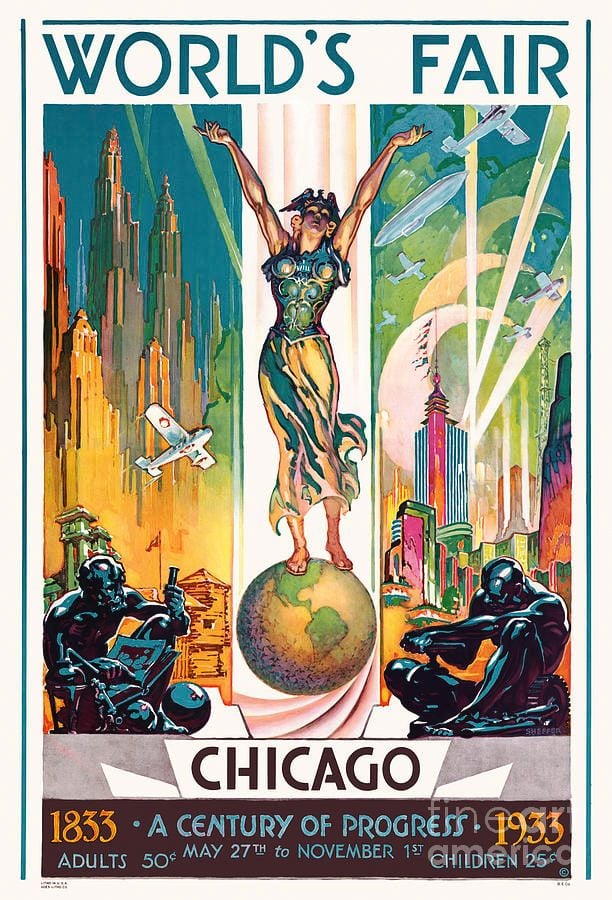Try "Devil in the White City" by Erik Larsson
pics
Rules:
1.. Please mark original photos with [OC] in the title if you're the photographer
2..Pictures containing a politician from any country or planet are prohibited, this is a community voted on rule.
3.. Image must be a photograph, no AI or digital art.
4.. No NSFW/Cosplay/Spam/Trolling images.
5.. Be civil. No racism or bigotry.
Photo of the Week Rule(s):
1.. On Fridays, the most upvoted original, marked [OC], photo posted between Friday and Thursday will be the next week's banner and featured photo.
2.. The weekly photos will be saved for an end of the year run off.
Instance-wide rules always apply. https://mastodon.world/about
Came into the comments to bring this one up. Truly interesting read and kept me engaged even back in high school.
Love it. One of my favorite books.
Andrew Ryan clearly took some inspiration from this
Ooo a new Neal book, how was it?!
This violates rule 3 of this community.
Because I wondered, and I like posting.
3… Image must be a photograph, no AI or digital art.
Thanks for pointing that out, I missed that when posting.
Thanks for letting me know I have new Neal Stephenson to read!
Do what are the symbols of progress here? The woman in the center seems to be commenting on the progress rather than depicting the progress itself, she she seems to be loving it.
For actual symbols, we have planes, skyscrapers, a fort, a chemist, the world and an engineer.
I can see how all these depict progress, but the fort seems to be overly racist. I can only understand this as the conquest against the native Americans which is depicted positively here. But I guess that's just how people thought back then.
For actual symbols, we have planes, skyscrapers, a fort, a chemist, the world and an engineer.
I spy with my little eye: A zeppelin!
imho the best single volume book to understand American racism is 'The Autobiography of Malcolm X.'
Obviously there are books with more historical facts and deeper analysis. But I think the way he depicts his own feelings and observations gives the reader a visceral understanding.
Agin, my opinion.
I think the spotlights were indicative of electric powered lights as a sign of progress over the century too

